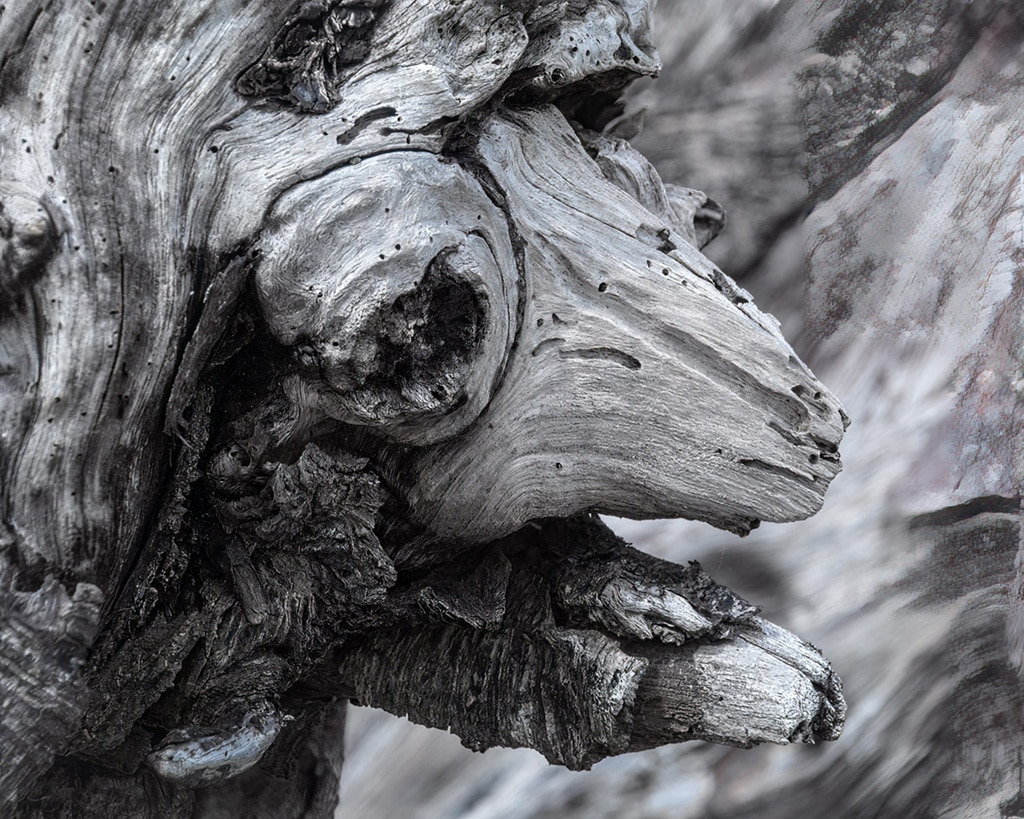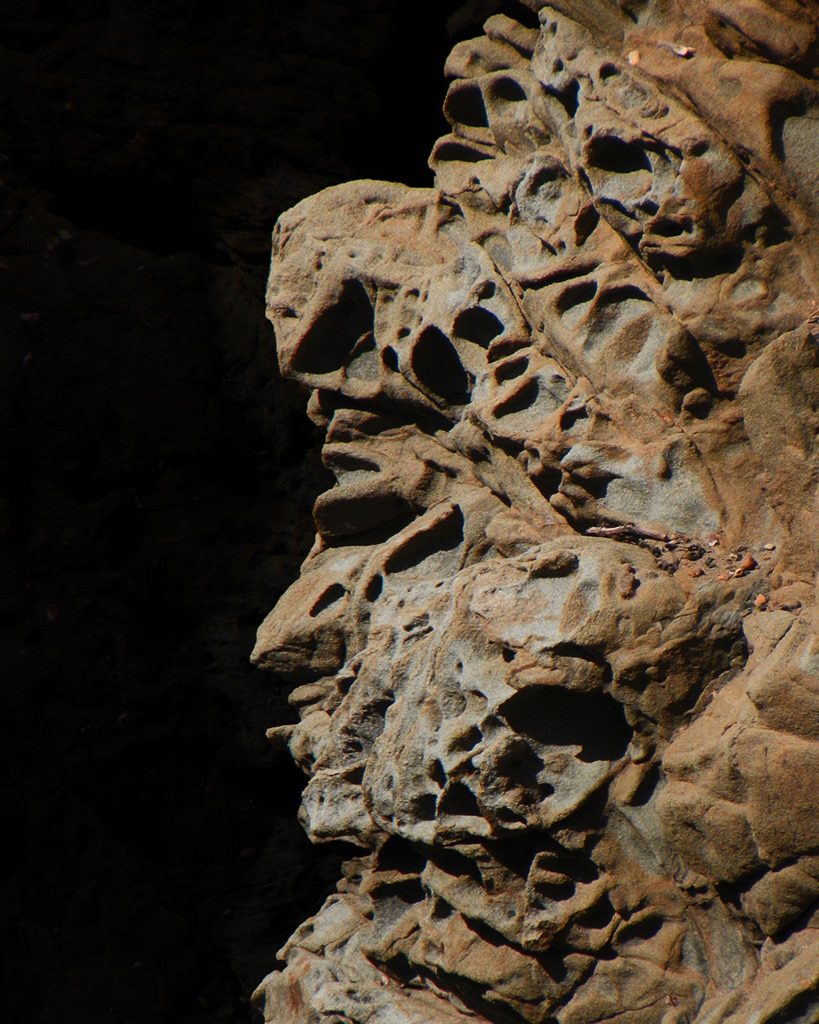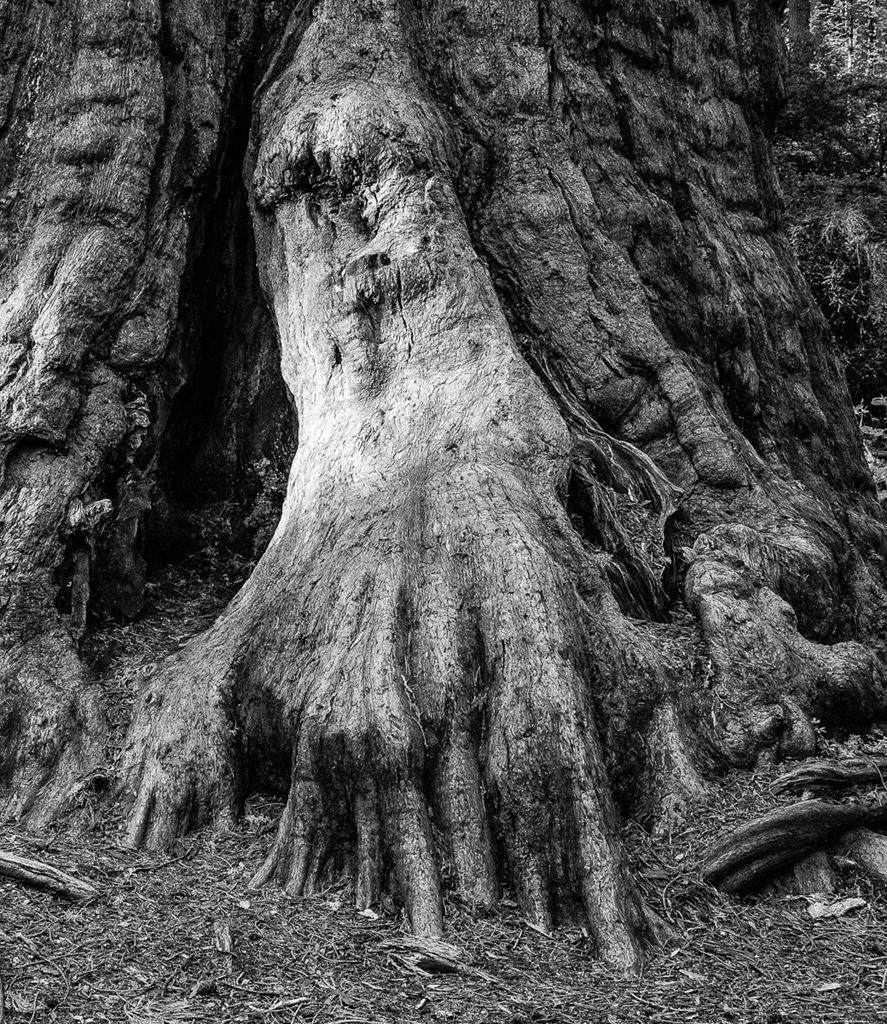Group Exhibit: What Else It Is?

Minor White famously said that one should photograph a thing for what it is—and for what else it is. His mystical photographs conjure up images of metaphysical realities of the mind, realities beyond what is in front of the camera.
We all see things beyond what is in front of us. Sometimes we are startled when we realize that something we see is a reflection, not a real object. Children (and adults) see faces or animals in clouds and rocks. Others see the face of Jesus or the Virgin Mary on a pizza. The astronomer Percival Lowell saw what appeared to be nonrandom patterns of lines on the surface of Mars and interpreted them as canals built by intelligent Martians.
Seeing things that are not there may be an evolutionary remnant of natural selection. The earliest humans must have been very sensitive to the existence of predators–an obvious advantage in a dangerous world. If one sees something in the brush, it may be a predator, a harmless animal, a random pattern, or just the wind. When in doubt, assume the worst and act accordingly. Natural selection would have favored extreme caution, even if it resulted in occasional false positives, which today are sometimes manifest as, for example, faces in the clouds or rocks.
Before White, Alfred Stieglitz claimed that his cloud pictures were the equivalent of what he felt at the time of exposure, “equivalents of my most profound life experiences.” We claim no deep metaphysical, psychological, or evolutionary meanings in these photographs. We simply hope that you will look at each image and imagine “what else it is,” and perhaps, think about how it makes you feel.


